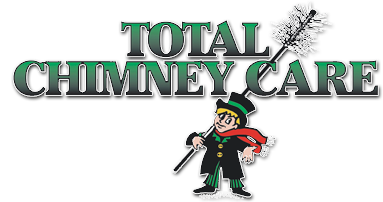Chimney inspections are sometimes required by municipal codes, and are always recommended by governing bodies. The inspection procedures and standards encoded in laws are established by the National Fire Protection Association and enforced by the CSIA and similar certifying entities. This is why choosing a certified sweep is invariably stressed in connection with cleanings and inspections.

At each level of inspection, another layer of detailed examination is added, so Level 1 inspections are the most basic, and Level 3s are the most complex. They are distinguished by the ease with which the inspector can access what he has to inspect. Thus, they equate roughly to inspections that are physically “fairly easy”, “moderately difficult”, and “extremely hard” to conduct.
The parts and areas the inspector has to evaluate in higher level inspections are further ‘within’ the chimney. They are increasingly difficult to get to, moving from Level 1’s “readily accessible” chimney top and firebox to Level 2’s “accessible” flue liner. For a Level 3 inspection, actual removal of parts of the chimney may be necessary to gain access.
The mid-level inspections are the ones commonly mandated by municipalities for home sales and transfers of property. A Level 2 inspection is also required after earthquakes and chimney fires, and must be performed if there is any modification of the fireplace system. Additionally, in some areas of the country, special emissions and efficiency standards must be met by chimneys as well as automobiles.
The Level 2 bar is the one increasingly being met with camera aided inspection of the entire “accessible” flue. Whether “easy”, “difficult” or “extremely hard” to see, it is all meaningless if untrained eyes are looking at it. This is why it is so important to use properly certified and trained chimney sweeps for these inspections. Do your due diligence, and make sure you call us to perform a thorough chimney inspection before the next cold season.
